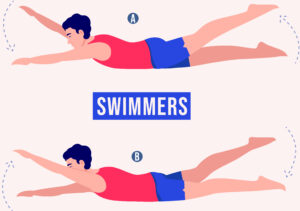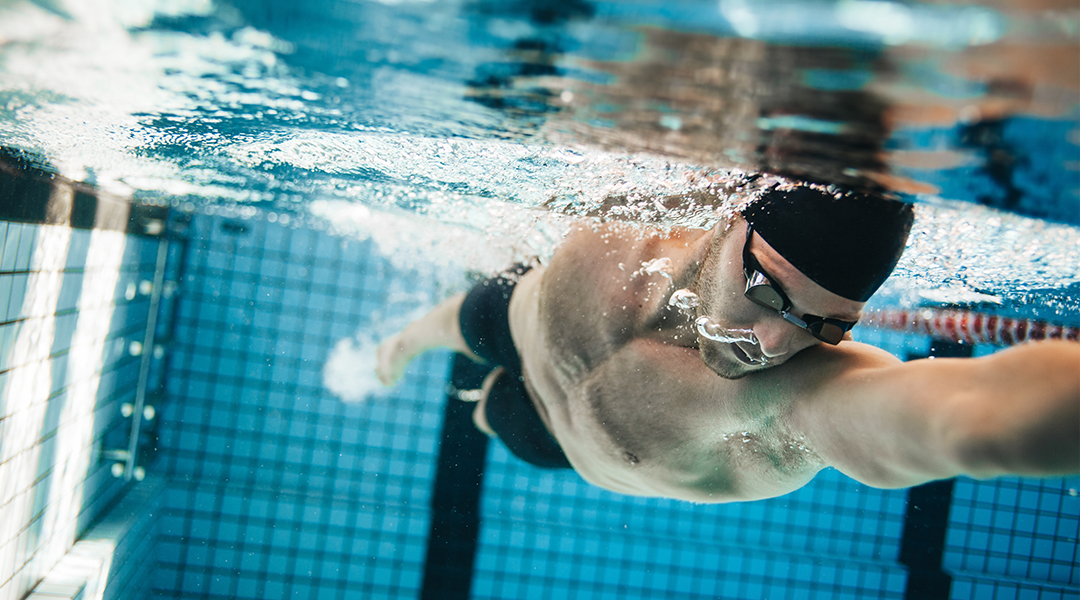Insight Neurosurgery – Summer is finally here, which means millions of people will be visiting pools, lakes, and other bodies of water to cool off, exercise, or spend time in the sun with family and friends. According to the Centers for Disease Control and Prevention (CDC), about 91 million people over the age of 16 swim each year in the United States, making it the nation’s fourth most popular recreational activity. Although swimming is a fun pastime and is an excellent way to stay in shape, it can also lead to serious back or spinal cord injuries and even death if the right precautions are not followed. In fact, swimming and diving accidents are the fourth leading cause of spinal injuries each year. Whether you are a seasoned swimmer, participate in water sports, or are just spending time outdoors, here are five important rules to keep in mind to protect your spine and stay safe this summer.
Know Your Water
Diving accidents are one of the most common causes of swimming-related spinal cord injuries. A life-altering or even deadly spinal cord injury can happen in an instant when diving into shallow water. If you or anyone you are with plans to dive, familiarizing yourself with your water is vital. Diving experts suggest the safest depths to dive are between 10 to 12 feet and to always enter water feet first. Most pools will have designated diving areas with markers indicating water depths, and you should never dive into the shallow end of a pool. When it comes to lakes and rivers, it can be much more difficult to determine which areas are safe for diving. Always remember to check visibility, avoid murky areas where water levels could be low or where underwater objects like logs could injure you, and never enter water from a large height (e.g. a bridge).

Consider Form and Technique

Whether you are swimming or diving, maintaining good form and technique plays an important role in protecting your spine. Exaggerated or excessive arm/shoulder movements can quickly lead to serious back and neck injuries, especially in inexperienced swimmers. Swimming professionals recommend side or back strokes instead of front strokes, which require more force. When using front strokes, it is important to keep your body level in the water and your head straight (not lifted). Stretching for at least five minutes before swimming is another great way to avoid strain and protect your spine.
Other tips include avoiding excessive neck turns, using flotation devices to maintain proper form while swimming, and taking breaks if you start to experience back or neck discomfort. Swimming lessons are also important at any age and are fundamental to your personal safety. Even if you are an experienced swimmer, take time to brush up on proper form and techniques before spending time in the water this summer.
Remember Safety Equipment
From swimming to water sports, choosing not to use the proper safety equipment can lead to serious spinal injuries or even death. Equipment such as swim belts and floatation devices can provide extra back support and prevent drowning in traditional swimming. Snorkels and goggles can also help minimize extra neck movement from taking breaths and keeping water out of the eyes. Adequate protective gear for activities like water skiing, operating watercraft, and diving is also encouraged. All safety equipment should be closely inspected before each use and fit properly. For more information, the National Drowning Prevention Alliance (NDPA) has many safety resources available for swimmers and water enthusiasts.
Stay Hydrated
We often think about staying hydrated when we’re on land, but it is just as important when you are in the water. Swimming requires a lot of physical exertion and can quickly lead to dehydration. Water also helps the spine by delivering important nutrients to tissues and discs, while also preventing muscle strain and cramps. It is also important to always swim sober. In addition to dehydrating you, alcohol increases your risk of drowning, impedes your decision-making abilities, and significantly reduces your depth and spatial perception.

Build Strength & Stability with Core Exercises
If you plan to spend a lot of time in the water, protect your spine by being proactive in the gym. Focusing on core exercises (e.g. pelvis, lower back, hips, stomach) will help you build strength, stability, and endurance for swimming. A strong core prevents injuries and dysfunction by supporting the muscles surrounding the spine, reducing excess spinal pressure, and helping the spine maintain natural alignment. Simple core exercises such as the plank, leg raises, flutter kicks, and superman are easy to learn and a great way to get started.
Swimming is a fun and healthy summer pastime, but accidents can happen when proper safety practices are not used. Before you visit your favorite body of water this summer, keep these tips in mind to stay safe and prevent swimming and diving injuries from happening. For more information about spinal injuries, our services at Insight, or to schedule an appointment with Insight Neurosurgery, contact us today.
FAQ

Q: Why does my back hurt after swimming?
A: Most back pain from swimming is the result of improper form and technique. Swimmers can prevent back pain by stretching before swimming, avoiding excessive arm and neck movements, and core strengthening.
Q: How soon should I seek medical attention for back pain or soreness after swimming?
A: It is normal to experience brief back pain or soreness after swimming. However, you should seek medical attention if you experience pain or soreness that lasts longer than 48 hours. Physicians, such as sports medicine specialists, can evaluate and treat many common swimming injuries and help prevent long-term effects.
Q: What are the signs of a spinal cord injury?
A: Spinal cord injuries vary depending on severity and where along the spinal cord the injury has occurred. Common symptoms include numbness or tingling in the hands and feet, paralysis, pain or pressure in the head, neck, or back, weakness or inability to move any part of the body, and difficulty walking and breathing.

